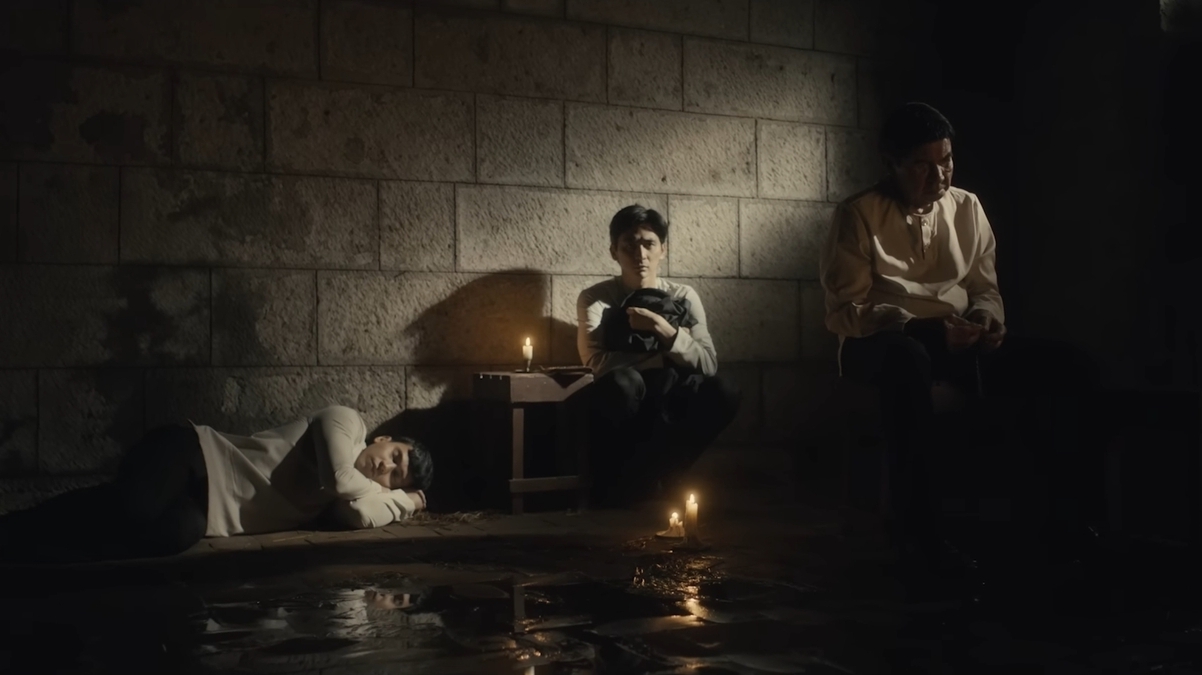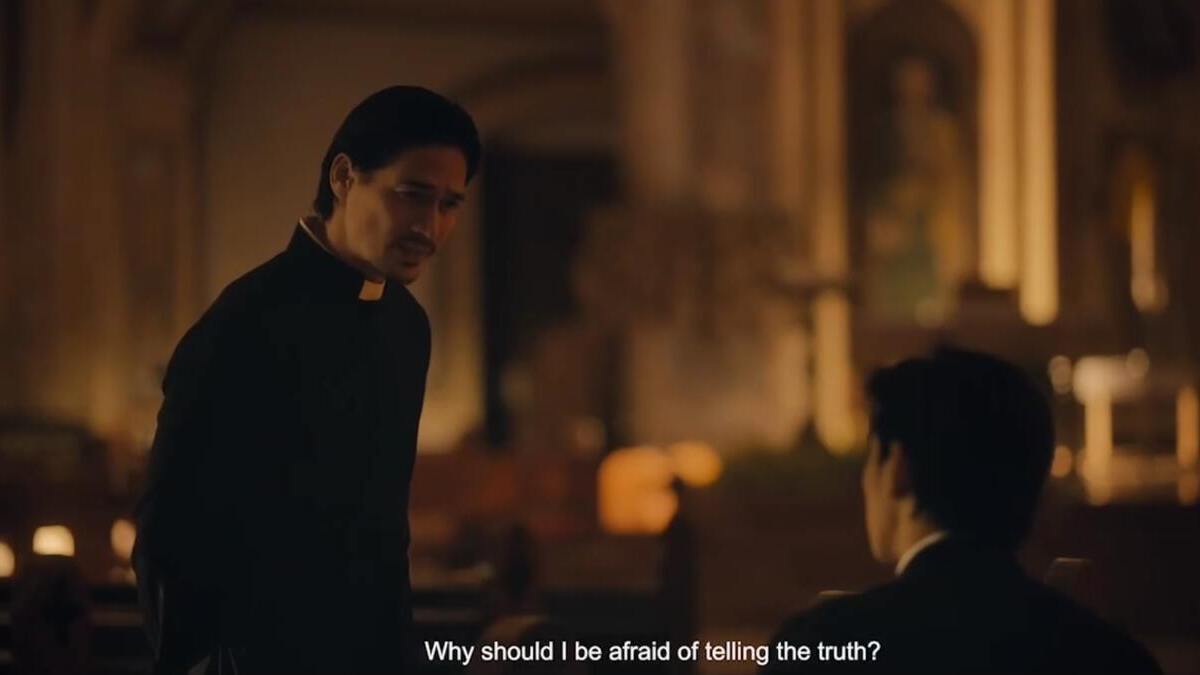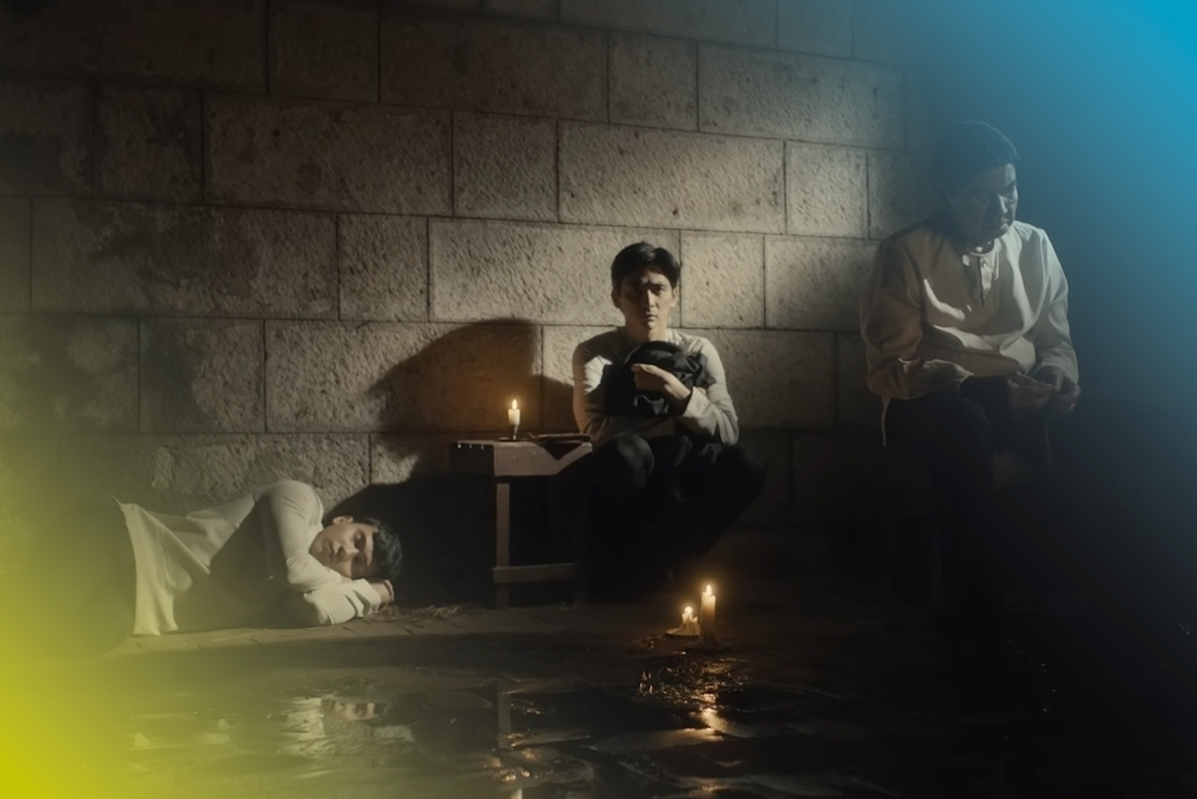
(SPOT.ph) The people behind GomBurZa have been very clear about their intentions. Their contention that though people might be familiar with the nominative portmanteau through mentions in history classes, they probably don’t have any real idea who these three priests were and what they did that led to them being put to the garrote. And so, a lot of this movie can feel like a history lesson, diving into the details of a conflict between the Insulares secular clergy and the Spanish-born orders of the time, and how that played into the period’s reformation movement.
The GomBurZa movie: history lesson turned cinema?
This doesn’t always make for compelling cinema. A lot of this film is made up of meetings, where characters can at times deliver clunky expository dialogue trying to explain the context of a royal decree or the backstory of a person. A lot of it is interesting, but there just comes points where it feels like the movie is sacrificing pace and feeling for the sake of being comprehensive. It gets caught up in little details that end up being overexplained as the film tries to drive its points home.
To be fair, all of it is well shot, and the performances do a lot to keep things interesting. Cedrick Juan feels like he grows into the role of Burgos, just as the character grows into his role in history. Dante Rivero brings relaxed gravity to Mariano Gomez, playing him as a person who has already seen so much, and seems ready to face whatever else is in front of him. Enchong Dee plays a much smaller role as Zamora, but the actor makes the most of it. Also of note is Elijah Canlas, who ends up bearing a lot of dramatic weight as Paciano Mercado, who the movie plays as a real lynchpin of this story.

And the film delivers real triumph in its last stretch, when it becomes more about the emotional response to what is clearly injustice. To be a little simplistic, this is really just a story of men put to death for political reasons, having done nothing wrong. The film, having spent all its time trying to establish that fairly simple fact, shifts into a dramatic meditation on injustice. And there is a chance people might not remember all the historical details the film puts forward, but they will likely remember the sense of outrage the film establishes: the helplessness of these innocent men who have dedicated their lives to an institution of faith, and find themselves facing an inevitable fate.
In simple, powerful scenes, we see the priests approaching death in different ways. There is the unlucky younger priest, caught up in a mess he had nothing to do with, unable to grapple with any part of his reality. There is the older priest, calm and thoughtful, maintaining his faith through this ordeal. And there is the firebrand Burgos, man of the law, struggling to find any rationality in a system he studied and participated in.
And then, GomBurZa gets to the garrote, and chooses this moment to unleash its full cinematic power, setting the execution at magic hour, bathing these doomed men in ethereal light as the wind blows its discontent across Bagumbayan. It’s a rousing climax built on a foundation of facts, and the movie succeeds in getting across what it must have felt at the time. These men were admired, maybe even beloved. And everyone knew that it was all wrong, just as we too often know nowadays that what we’re seeing is all wrong.
Uneven as it can be, GomBurZa feels like something special by the end, rewarding audiences who paid attention with a finale that gets to the very heart of how we became a nation, flawed as it is.
Rating: 4 out of 5
Originally published on Spot.ph.




